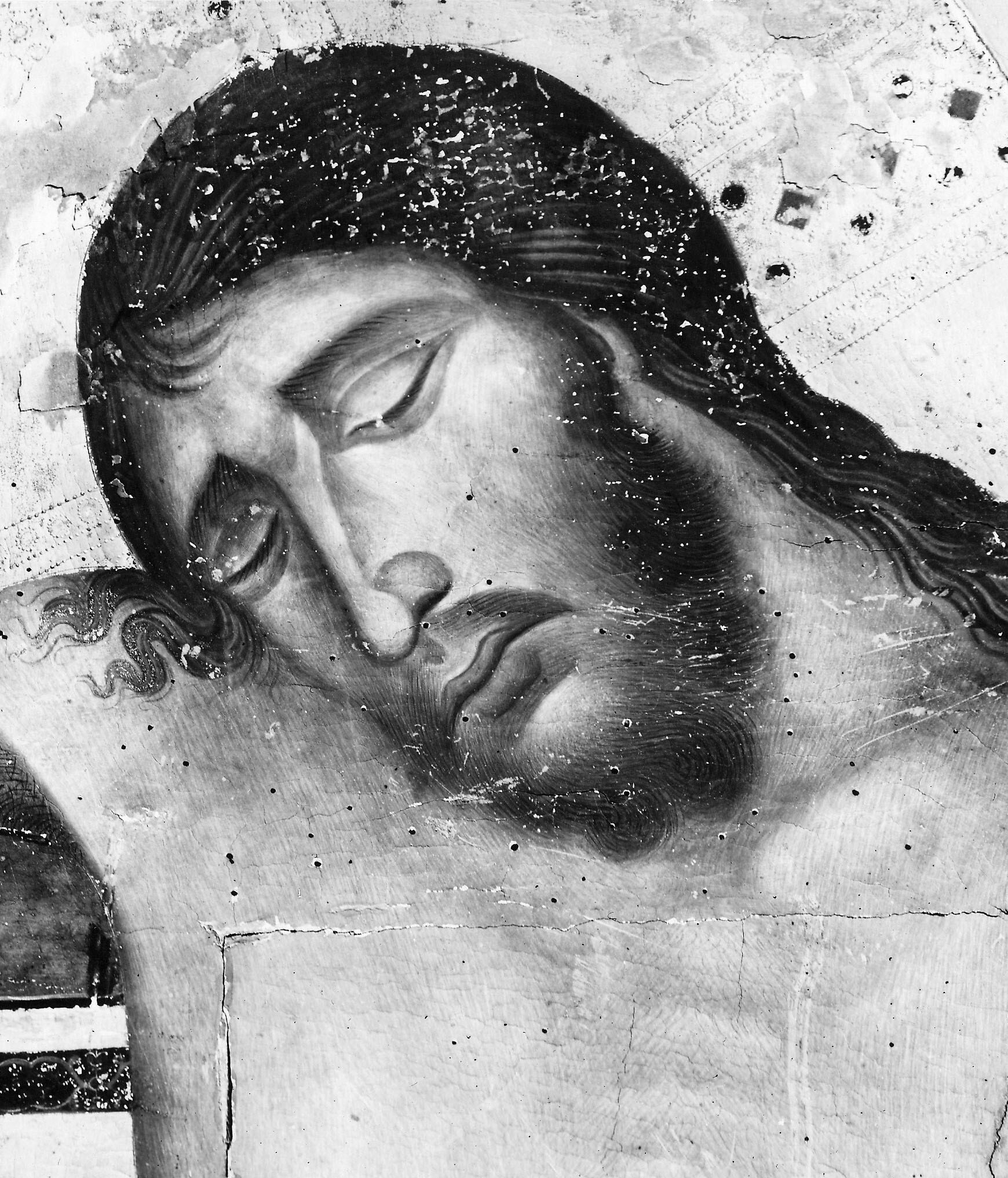Early Fourteenth-Century Painting in Pistoia. A Clarification about the Author of the Stories of the Passion in San Giovanni Fuoricivitas

Published 2024-04-22
Keywords
- Anonimo romanzo, Cimabue, Giotto, XIII-XIV Century Painting in Pistoia

This work is licensed under a Creative Commons Attribution 4.0 International License.
Abstract
This paper focuses on the cycle of the Stories of the Passion located in the presbytery of the church of San Giovanni Fuorcivitas at Pistoia. The essay aims to discuss the authorship of the frescoes starting from a new analysis and interpretation of the stylistic aspects displayed. Since the frescoes appear to be reminiscent of Cimabue’s manner before the cycle of Assisi, it is necessary to suppose that their author received his artistic training during the ninth decade of the Duecento. This urges us to reject the idea – repeatedly proposed by scholars – that he could be identified with Lazzerino Castelli, i.e. the mysterious painter who put his ‘signature’ on the intrados of one of the apsidal windows. In fact, as documentary evidence shows, this artist, sometimes called Lazzaro, worked until the 1340s. It seems quite implausible that a cimabuesque painter such as the author of the Stories of the Passion was still active at these late dates. Moreover, a careful reading of the inscription – in which an «opus fenestarum» is mentioned – leads us to believe that Lazzerino’s ‘signature’ should not be referred to the pictorial cycle but to the making of the stained-glass windows, installed after the ‘Gothic’ enlargement of the church.
